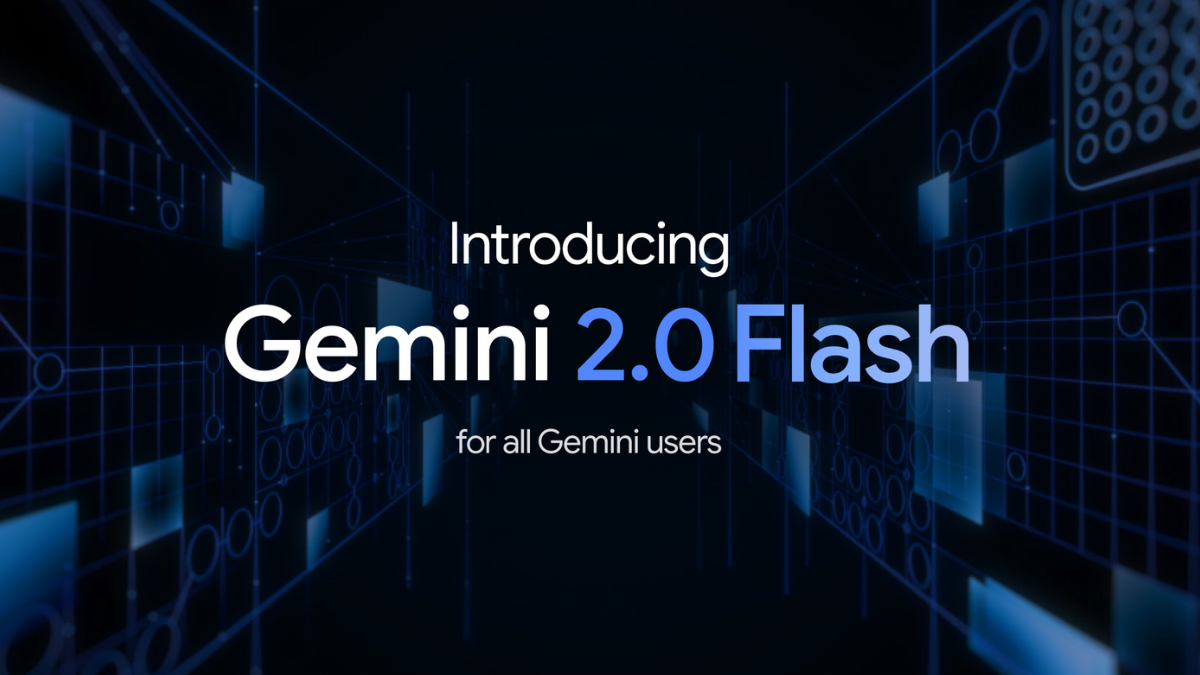Microsoft Patents Multi-OS Boot Via Mobile Device
4 min. read
Published on
Read our disclosure page to find out how can you help MSPoweruser sustain the editorial team Read more

In the PC world, we can configure our PC with the ability to select a particular operating system (OS) at startup or boot. There are often situations where a particular OS is required to run a particular computer application or we like the features of a particular OS. Multi-boot options enable users to personalize their computing session by enabling selection of a particular OS.
A Microsoft patent titled “Multi-OS (operating system) boot via mobile device” got recently published by USPTO. A system that facilitates different levels of operating system (OS) boot so as to provide users with rapid access to certain mobile device functionalities, security, applications, etc. is provided. An OS can be loaded in phases or stages commensurate with policies, preferences, actions, context, etc. Similarly, a particular OS or group of OSs can be loaded to address a particular scenario or requirement.
Summary of the patent:
The innovation disclosed and claimed herein, in one aspect thereof, comprises a system that facilitates different levels of operating system (OS) boot so as to provide users with rapid access to certain functionalities, security, applications, etc. Accordingly, an OS can be loaded in phases or stages commensurate with policies, preferences, actions, context, etc. Similarly, a particular OS or group of OSs can be loaded to address a particular scenario or requirement.
Essentially, the innovation addresses the ever-increasing processing capabilities, storage, and functionality of portable computing devices by enabling logical OS selection. In other words, robust OSs can be installed to enable execution of sophisticated applications such as word processors, browsers, media players, network applications, etc. Additionally, if desired, a more limited OS could be installed to facilitate quick access to desired functionality (e.g., dialer in a smartphone) rather than waiting for a robust OS boot process to be implemented.
Moreover, different levels of authentication can be associated with the respective boot levels. These authentication levels can be employed to enhance security by limiting access to data and/or functionalities. For example, to place a simple call may require no or little authentication, while access to a VPN (virtual private network) portal to a secure network may require a long boot time and high level of authentication.
A variety of mechanisms (e.g., voice commands, quick buttons, drop down menus, etc.) can be employed to designate the desired boot level. If a quick boot is selected to make available certain functions, a full level boot may concurrently take place in the background to facilitate respective functionalities as various boot levels are achieved.
Yet another embodiment provides for a quick appliance mode. For instance, when the device is in full mode (e.g., robust OS), it can be handed off to someone (e.g., child or a stranger) and quickly put into a different mode (e.g., lesser robust OS) that only allows games, or local calls. In this example, the limited OS can enhance security by limiting (or prohibiting) access of confidential information or functionality.
In other aspects thereof, rules-based and machine learning & reasoning (MLR) logic is provided to automate functionality on behalf of a user. For instance, MLR logic can employ a probabilistic and/or statistical-based analysis to prognose or infer an action that a user desires to be automatically performed.
This is an interesting patent which is aimed at the work+play scenarios. An user will be able to boot different OS on the same device when he is leaving for a vacation where he will use his device for photo/video capture, navigation and other non-related stuff. His corporate work data will be safe all the time. I think government agencies and other high-security enterprise organizations will be interested in this feature.










User forum
0 messages